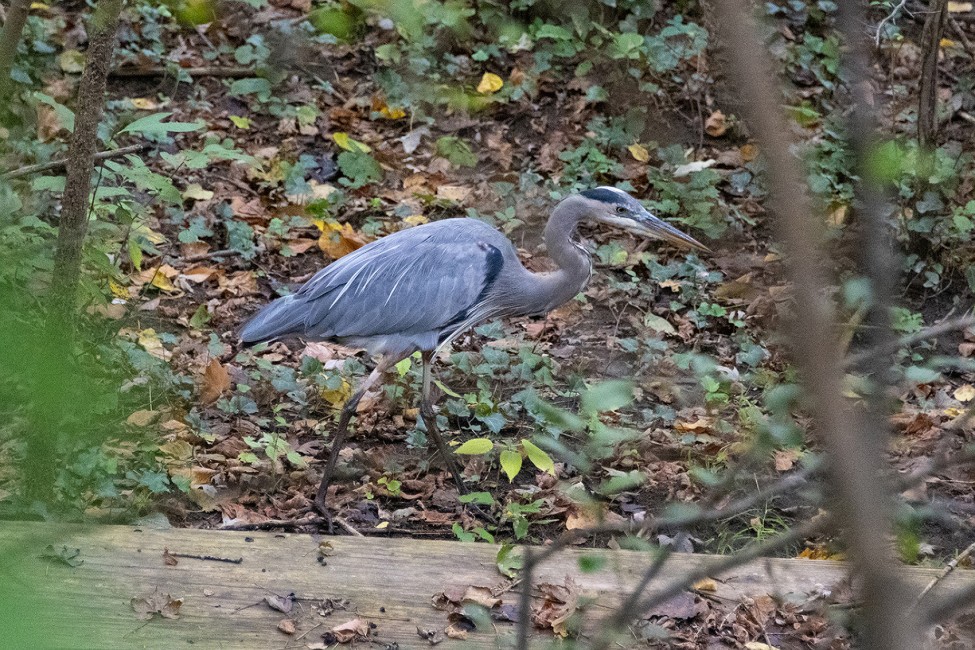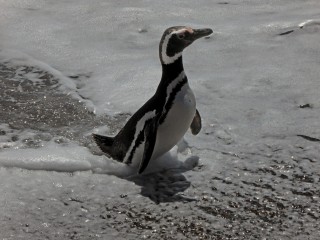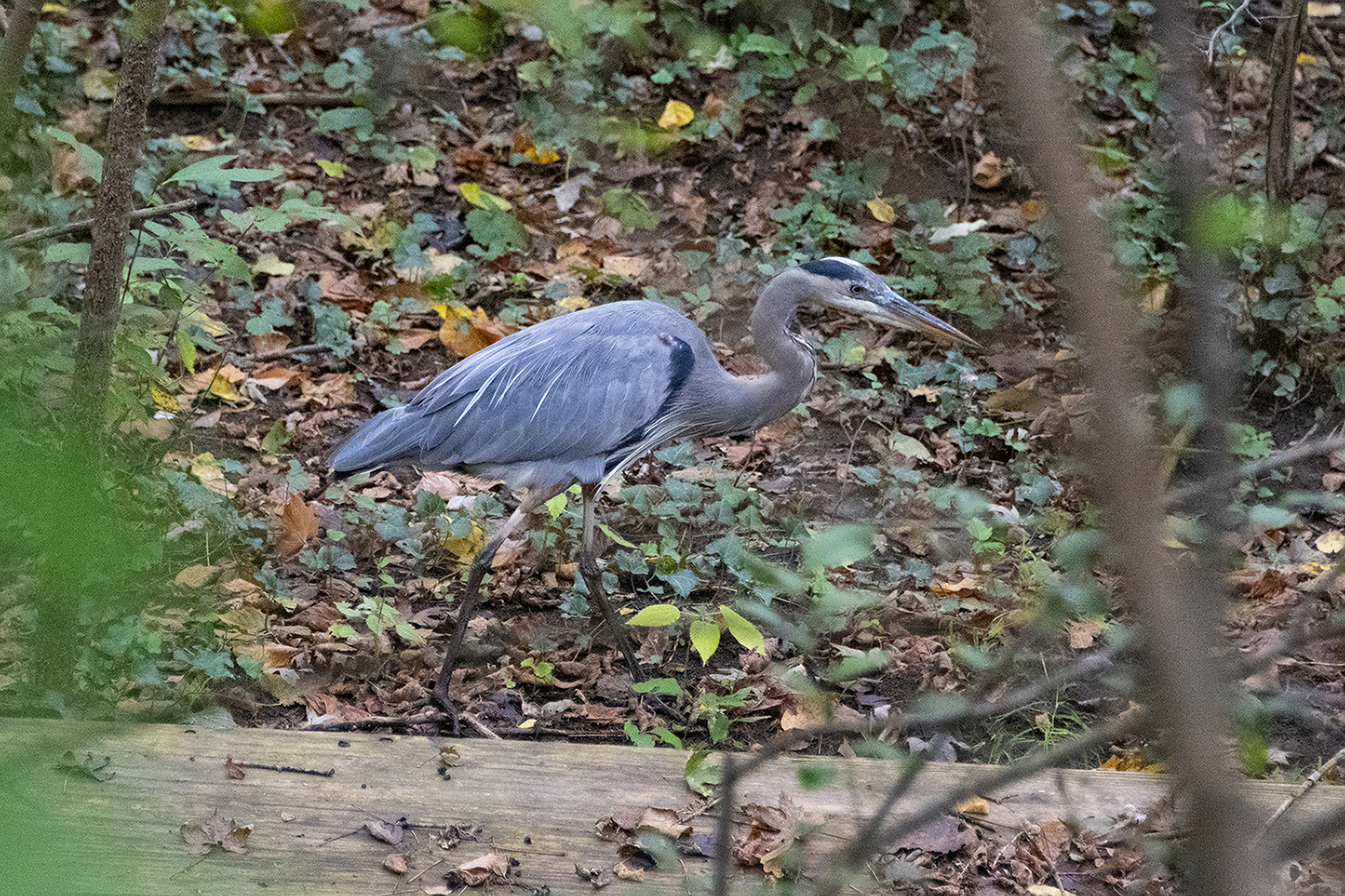
December 3, 2019
Life in An Abandoned Canal
- as seen by -
 Jason M. Aloisio
@TRUEcologyNYC
Jason M. Aloisio
@TRUEcologyNYC Great blue herons are regularly seen around the New York City metropolitan region, but they’re skittish birds and often take flight if you get too close. I spotted this great blue heron stalking prey along the Chesapeake and Ohio Canal Towpath, a 185 mile trail from Washington D.C. to the Cumberland Gap that runs along the eastern side of the Potomac River.
The canal, and the towpath that serviced it, was built in the early to mid-1800s to transport goods, allowing boats to move from the Chesapeake Bay to Ohio and the great lakes. Boats were pulled upstream through more than 70 locks by animals that walked on the towpath, which now serves as a hiking and biking trail with free campsites about every seven miles.
Nearly 100 years has passed since canal was in operation, and it has reverted back to a wilder state. Many animals, especially birds, can be seen.
The towpath is just one example of the many ways that humanity has drastically manipulated the environment over thousands of years. While some of these areas, like New York City, will continue to be expanded and occupied, other areas will be abandoned and revert back to a wilder state.
As I slowly ride my bicycle and pass countless towns, cities, and landmarks, I can’t help but wonder about the history and what the future may hold. I take solace in knowing, however, that wildlife will happily take back whatever we decide to abandon.
Nikon D7500




Leave a Comment